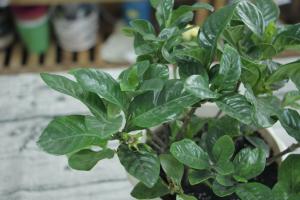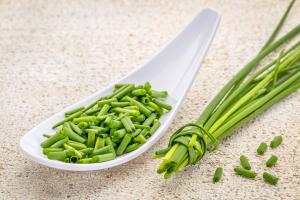Why Are My Pepper Plant Leaves Turning Yellow
Yellowing leaves on a pepper plant can indicate a number of problems. As a pepper plant owner, it is important to understand the different causes of yellowing leaves in order to take the appropriate action to rectify the problem. This article aims to shed light on the different reasons why your pepper plant leaves are turning yellow.
Insufficient Nutrients
One of the most common causes of yellowing leaves in a pepper plant is a lack of nutrients. Nutrient deficiencies can affect the plant in various ways, such as stunted growth, yellowing leaves, and wilting. If your pepper plant is not getting enough nutrients, the first sign will be yellowing leaves. To rectify this, you should fertilize the plant with a balanced fertilizer that contains all the essential nutrients such as nitrogen, phosphorus, and potassium.
Overwatering
Overwatering is another common cause of yellowing leaves. When the plant is overwatered, the roots become waterlogged, which can lead to root rot. This, in turn, reduces the plant's ability to absorb nutrients, resulting in yellowing leaves. To rectify this problem, it is important to check the soil moisture level regularly and only water the plant when the soil is dry to the touch.
Pests and Diseases
Pests and diseases can also cause yellowing of leaves. Spider mites, thrips, and aphids are common pests that can infest pepper plants and cause yellowing of leaves. Diseases such as root rot, bacterial spot, and powdery mildew can also cause yellowing. Insects and diseases can be controlled by using insecticides or fungicides. It is important to follow the instructions on the label carefully when using these chemicals.
Temperature Stress
Pepper plants are sensitive to temperature changes. Extreme heat or cold can cause the leaves to turn yellow. During hot weather, the plant loses more water, and if it cannot take in enough water, the leaves will start to wilt and yellow. During cold weather, the plant may experience frost damage, which can also cause yellowing of leaves. To avoid temperature stress, it is important to plant pepper plants in the appropriate climate and provide enough water during hot weather.
Conclusion
As seen from the above, yellowing leaves in pepper plants can signal a wide range of problems. As a plant owner, it is important to identify the cause of the problem to take the appropriate measures to rectify it. Regularly checking the plant for pests, diseases, and nutrient deficiencies, monitoring soil moisture levels, and providing appropriate conditions for growth can go a long way in keeping your pepper plant healthy and vibrant.

 how many times do yo...
how many times do yo... how many planted tre...
how many planted tre... how many pine trees ...
how many pine trees ... how many pecan trees...
how many pecan trees... how many plants comp...
how many plants comp... how many plants can ...
how many plants can ... how many plants and ...
how many plants and ... how many pepper plan...
how many pepper plan...































